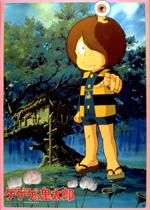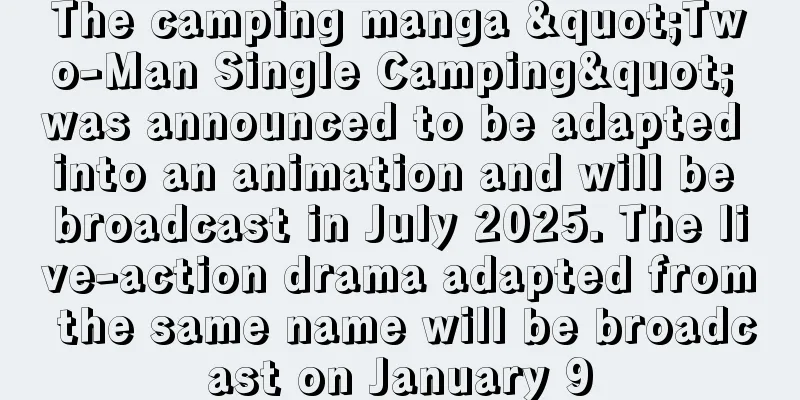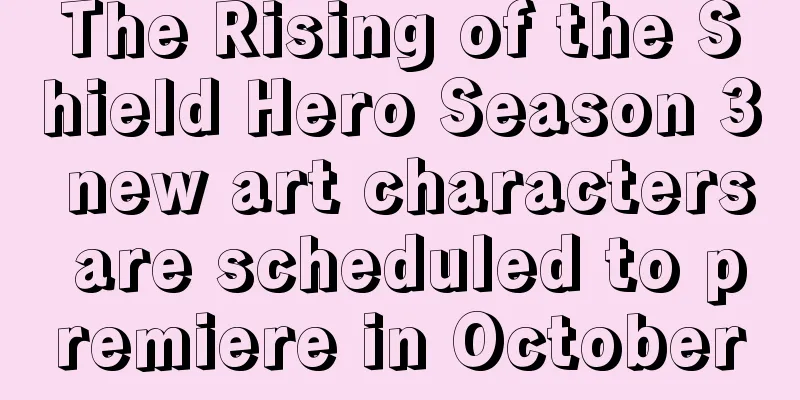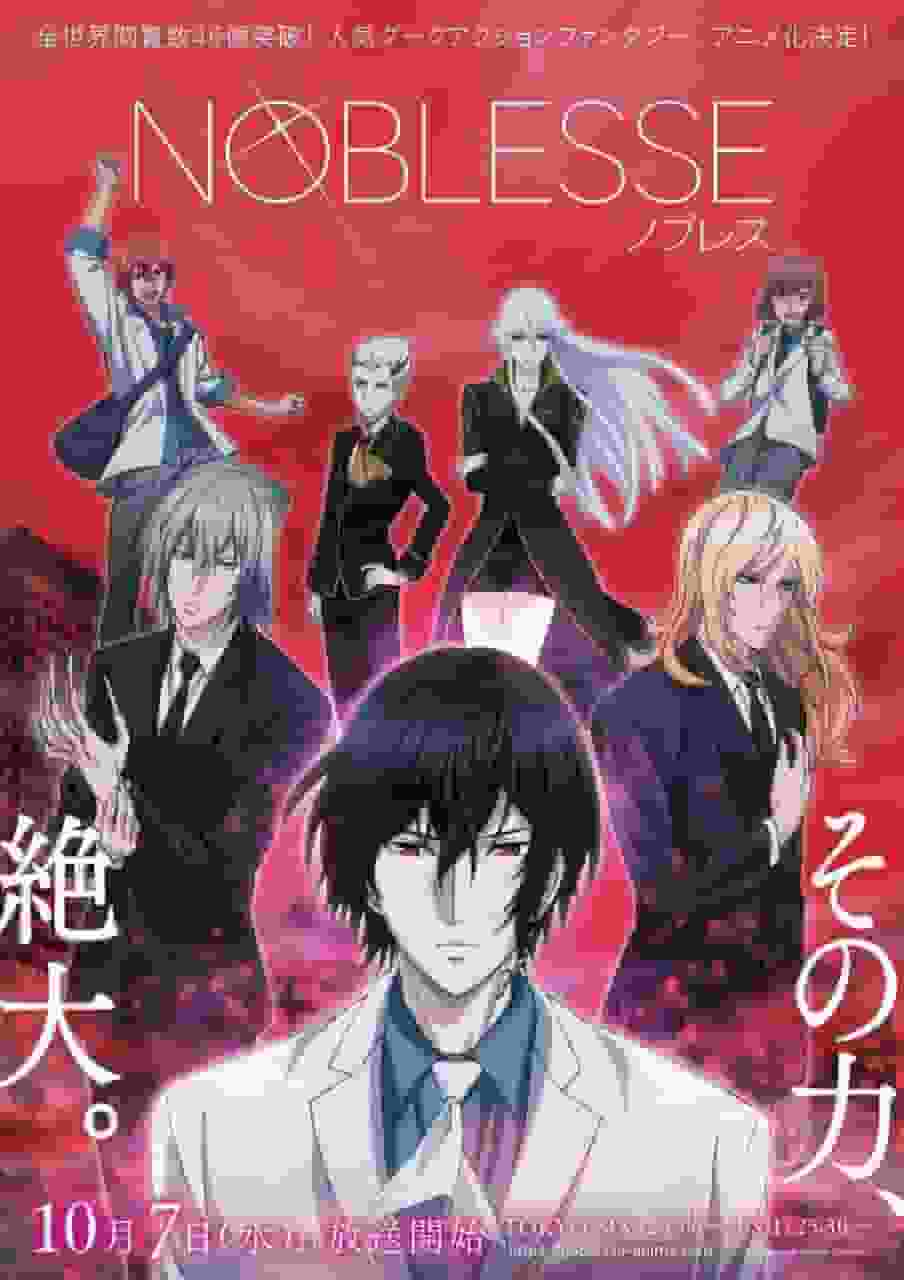Gegege no Kitaro: A thorough review of the third series and the 1980s movie versions

The appeal and evaluation of the first movie version of "GeGeGe no Kitaro"IntroductionGegege no Kitaro is a popular anime series based on the manga of the same name by Shigeru Mizuki, and the first movie version released in 1985 is especially beloved by fans. In this article, we will take a detailed look at the story, production background, characters, music, and reviews of the movie version of Gegege no Kitaro. We will also compare it with other series and related works to find out what makes this work so special. story■ StoryChinpo, a southern monster who plans to take control of the Japanese monster world, has decided to join forces with Nurarihyon, the leader of the Japanese monsters. Meanwhile, Kitaro is searching for Yumeko-chan after hearing that she has been kidnapped, but is attacked by the southern monsters Akamata and Yashirotsu. However, with the help of Nekomusume, the Childless Old Man, and the Sand-throwing Hag, Kitaro is able to defeat Yashirotsu. Kitaro heads to the southern monsters' ship on a raft to save Yumeko-chan, but is attacked by a monster beast called Koryu and is thrown into the sea. Nurikabe then appears and attacks the Koryu, saving Kitaro. With the help of everyone, Kitaro succeeds in destroying Chinpo's ship, where Yumeko-chan is being held captive. Chinpo and his friends escape on Nurarihyon's motorboat, but due to a falling out between them, they crash into a reef. Nurarihyon is thrown out and dies. His dick also flew away with a thud. This story depicts the adventures of Kitaro and his friends as they confront the conspiracy of the southern monster Chinpo. In particular, Kitaro's struggle to rescue Yumeko-chan and the cooperation of his friends are at the center of the story. Kitaro's courage and friendship are emphasized in the battle against the southern monsters, leaving viewers in awe. Background■ExplanationThe first feature film of the TV anime that depicts Kitaro's battle against the Southern Monsters. The original is the manga of the same name by Shigeru Mizuki. The screenplay is by Hiroyuki Hoshiyama and the director is Takeshi Shirato. This theatrical version was released on December 21, 1985, distributed by Toei and produced by Toei Animation. Screenwriter Hiroyuki Hoshiyama and director Takeshi Shirato faithfully reproduced the worldview of the original work while pursuing a sense of scale and drama unique to a theatrical version. In particular, the battle with the Southern Monsters and the scenes on the sea were depicted using the technology of the time, leaving a strong visual impact. character■CastKeiko Toda, Yutaka Tanaka, Kei Toyama The cast includes popular voice actors of the time, such as Toda Keiko as Kitaro, Tanonaka Isamu as Nekomusume, and Toyama Kei as Nurarihyon. Toda Keiko's Kitaro is particularly charming, as she is a character that combines bravery and kindness. Tanonaka Isamu's Nekomusume is also impressive for his humorous side and his performance in the battle scenes. Toyama Kei's Nurarihyon has a strong presence as a villain, adding tension to the story. Main Staff■ Main staff・Executive Producer: Tomonori Imada ・Producer: Kenji Yokoyama ・Original Story: Shigeru Mizuki ・Screenplay: Hiroyuki Hoshiyama ・Director: Takeshi Shirato ・Chief Animation Director: Yasuhiro Yamaguchi ・Music: Masahiro Kawasaki ・Art: Iwamitsu Ito This work was produced by a team of professionals from various fields, including executive producer Imada Tomonori, producer Yokoyama Kenji, original author Mizuki Shigeru, scriptwriter Hoshiyama Hiroyuki, director Shirato Takeshi, animation director Yamaguchi Yasuhiro, music composer Kawasaki Masahiro, and art director Iwamitsu Ito. In particular, animation director Yamaguchi Yasuhiro created an appealing visual portrayal of Kitaro and the Southern Yokai, enhancing the visual appeal. Kawasaki Masahiro's music also plays an important role in enhancing the emotions as the story unfolds. musicMasahiro Kawasaki's music is an important element in enhancing Kitaro's adventures and battles. In particular, the music, which enhances the tension in the battle scenes and the emotion in the scenes depicting friendship, stirs the emotions of the viewer. In addition, the theme song of the Southern Yokai emphasizes the fearsomeness of the enemies and adds depth to the story. Evaluation and impactThis movie version was highly praised not only by fans of the original work, but by a wide range of people. In particular, the story of Kitaro's courage and friendship touched many viewers. In addition, the battle with the southern monsters and the scenes at sea made a visual impact, and the film showed the technological advances of the time. This work also had a major influence on the later "GeGeGe no Kitaro" series, and continues to be loved by many fans. Comparison with other seriesMany works of "GeGeGe no Kitaro" have been produced, including a TV series and other movies. The first movie is particularly distinctive for its story of the battle with the Southern Monsters and the rescue of Yumeko-chan, and it stands out from the rest of the series. In addition, the visuals and music, which made full use of the technology of the time, are also superior to other works. Related TitlesThe GeGeGe no Kitaro series has many related works, including a TV series, other movies, OVAs, and games. This first movie occupies an important position in the entire series, and by enjoying it together with the other works, you can gain a deeper understanding of the world of GeGeGe no Kitaro. Recommended pointsThis movie version of "GeGeGe no Kitaro" is recommended for the following reasons:
ConclusionThe GeGeGe no Kitaro theatrical version is characterized by its moving story of Kitaro's courage and friendship, as well as its visual impact, including scenes of the battle against the southern monsters and at sea. The film's appeal is further enhanced by an appealing cast of popular voice actors of the time, including Toda Keiko, Tanonaka Isamu, and Toyama Kei, and the moving music by Kawasaki Masahiro. This film faithfully reproduces the worldview of the original work while pursuing the sense of scale and drama that only a theatrical version can offer, and continues to be loved by many fans. This film is recommended not only for fans of GeGeGe no Kitaro, but also for those who like anime and monsters. |
<<: "VAMPIRE HUNTER D" review: A deep look into the appeal and worldview of the vampire hunter
Recommend
The first volume of the TV animation "New Sakura Wars" Blu-ray disc will be released on May 20
The spin-off TV animation of Sega's classic g...
The latest episode trailer for the TV animation "Re: Life in a Different World from Zero" Season 2 has been released
The second season of the popular TV animation &qu...
"Chinese Doctor" box office exceeded 300 million yuan after 3 days of release
According to the news released by @电影《中国医生》offici...
Review of "Onagawa Junior High School Basketball Club: Five Summers": A story of youthful brilliance and bonds
"Onagawa Junior High School Basketball Club:...
Marvel's Shang-Chi director in the works for Naruto live-action movie
According to Hollywood Reporter, Destin Daniel Cr...
Relive the old memories? The TV animation election episode of "Hunter x Hunter" will be rebroadcast in January 2022
Although Togashi has shown no signs of wanting to...
"Soushunfu" - moving review on NHK's "Minna no Uta"
"Soushunfu": The charm of a song featur...
The appeal and reviews of the film "The Encyclopedia of Unfortunate Creatures": Why should you watch it?
The appeal and evaluation of the movie "The ...
Pierce Brosnan in talks to play Alfred in Batman solo film
The Batman standalone film is being prepared inte...
The first season of the classic childhood sitcom "Home with Kids" will soon be available on B Station
The first season of the classic childhood sitcom ...
The appeal and reviews of "Little Twins": A touching story woven by the adventures of twins
Little Twins - Looking back on the nostalgic OVA ...
"SSSS.Dian Guang Ji Wang" Special Live Action Special Effects Trailer Blu-ray Disc Special Appendix
The popular TV animation "SSSS. Electro-Mech...
"Haganai: I Don't Have Many Friends": What is the appeal of this unusual work that depicts a lonely youth?
"Haganai": The charm and depth of a sad...
"Halloween: Killing" officially previews that man is back
The thriller "Halloween: The Killing" s...
Shueisha editor confirms that the countdown to the completion of One Piece within 5 years has begun
This website has previously reported that Eiichir...









